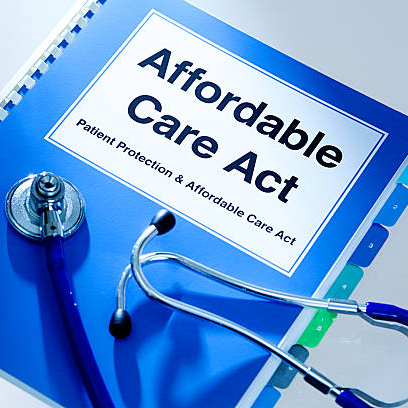The Basic Facts on Changes to Medical Insurance and Drug Costs

The Inflation Reduction Act, a ground-breaking new bill, could significantly lower how much seniors have to pay for prescription drugs.
The Senate budget reconciliation measure from Senate Majority Leader Chuck Schumer, D-NY, and Sen. Joe Manchin, D-WV, which was adopted over the weekend, includes many proposed modifications for Medicare and its recipients.
A brief introduction to the fundamentals
The modifications are intended to lower the price of medications and lower federal spending on prescription drugs. The same medicines would still be available to Medicare beneficiaries at a lower cost to both parties. The savings would be achieved through price negotiations and other strategies by making any changes to the Medicare program.
Some drug prices will be subject to government negotiation. The proposed legislation would let the government bargain for lower costs for some pricey prescription drugs that are either doctor-prescribed or purchased at pharmacies (Medicare Part D) (Medicare Part B).
The Department of Health and Human Services will select ten negotiable medications beginning in 2026. Fifteen medications would be permitted in 2027 and 2028, while 20 drugs would be selected in 2029.
The US now charges higher prices than other nations for the same drugs. For instance, data by the Rand Corporation found that brand-name medicine prices in the United States were over three times more than those in other OECD member nations.
The Veterans Health Administration, the Department of Defense, and Medicaid, all of which have the capacity to negotiate prices or take part in the federal supply schedule for pharmaceuticals, all pay lower net prices for brand-name prescriptions than Medicare does, on average.
Medicare was forbidden from haggling over drug costs by the Medicare Modernization Act of 2003, which also created the Medicare Part D program. If the new clause is approved, that would be different.
Allowing Medicare to negotiate drug prices has been criticized by the pharmaceutical industry as harming innovation and preventing the development of new drugs. However, according to details from the Congressional Budget Office, the new regulations would only prevent 15 out of 1,300 medications, or 1% of all drugs, from reaching the market during the next 30 years. Additionally, the change only applies to pharmaceuticals and biologics that have been available for several years without being challenged by generic or biosimilar drugs.
Details from the Congressional Budget Office shared that the bill would cut the federal deficit by $288 billion over ten years. Additionally, the idea mandates rebates on medicine producers whose price increases exceed inflation.
Medicare Part D participants’ annual drug costs are restricted
The Inflation Reduction Act caps out-of-pocket expenses for prescription drugs for people with Medicare Part D drug insurance at $2,000 beginning in 2025, in addition to the negotiated medication prices. The capacity to split that cap into monthly payments is also added.
This will significantly ease the financial burden on those who require expensive medications.
The act also covers vaccines and, beginning in 2023, places a $35 ceiling on insulin for Medicare users.
Beneficiaries wouldn’t be required to pay more than $2,000 annually for their Part D medications by 2025. Through 2029, the maximum annual increase in Part D premiums would be 6%.
The amount of income needed for beneficiaries to be eligible for a subsidy to cover Part D out-of-pocket expenses would rise from 135% to 150% of the federal poverty line ($18,347 for an individual in 2022). All vaccinations covered by Medicare will be free as of January 3.
The Affordable Care Act’s marketplace offers subsidized health insurance
Although it doesn’t directly affect Medicare participants, the Inflation Reduction Act also improves and expands subsidies for private health insurance purchased through the public marketplace.
Under the American Rescue Plan Act (ARP), these larger reductions were implemented in 2020. Before that, households with incomes between 100% and 400% of the poverty level were typically the only ones eligible for assistance. The income restriction will now continue to be (temporarily) lifted so that no one pays a premium higher than 8.5% of their income.
One additional health-related benefit was one the Democrats were unable to pass. Republicans voted against the $35 price cap on insulin for those with private insurance. Republicans, though, decided to maintain the part that applies to Medicare recipients.
Contact Information:
Email: [email protected]
Phone: 9671114235
Bio:
Remote work is reshaping the future of modern business, offering new opportunities for flexibility, efficiency, and talent acquisition. By embracing remote work, modern businesses can unlock new levels of productivity, collaboration, and innovation, while also addressing the evolving needs and preferences of employees
Disclosure:
John James O’Grady






